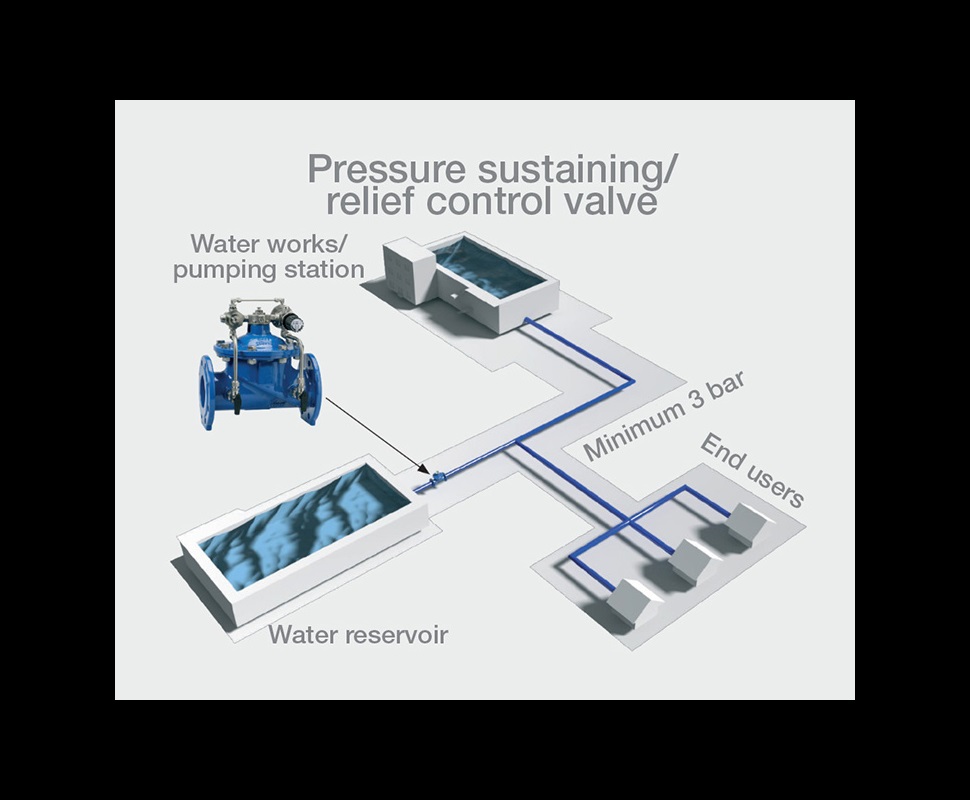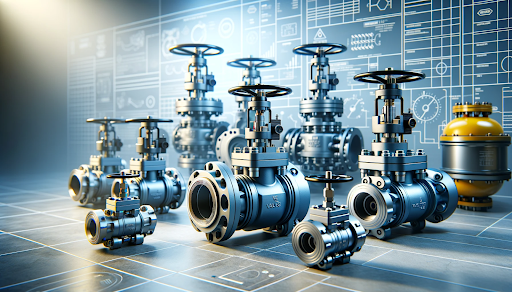
Maximize Power Savings and Comfort With Advanced Structure Automation Controls
In the world of contemporary design and facility management, the integration of sophisticated building automation manages stands as a crucial advancement. By utilizing the power of automation, structures can adjust, react, and advance in ways that were once inconceivable.
Energy Efficiency Benefits
Power effectiveness benefits can significantly decrease power consumption and functional costs in structures. Energy-efficient systems, such as sophisticated building automation controls, can maximize the use of resources like illumination, cooling, and heating, leading to reduced power costs over time.
In addition, enhanced power effectiveness can extend the life-span of structure devices and systems. By running much more effectively, a/c systems, light, and various other structure elements experience much less deterioration, leading to minimized upkeep and replacement expenses. In addition, energy-efficient structures frequently command greater residential or commercial property worths and rental rates, providing lasting monetary benefits to owners.
In addition, power performance can improve owner convenience and performance. Appropriately controlled interior environments with optimal lights and thermal problems create a more pleasurable and helpful work area, resulting in enhanced staff member satisfaction and efficiency. Overall, the energy effectiveness advantages connected with innovative structure automation controls are multifaceted, encompassing expense financial savings, environmental stewardship, and owner health.
Improved Comfort Control
Enhancing convenience control in building settings calls for an innovative assimilation of innovative automation systems for optimum occupant wellness. By making use of sophisticated building automation controls, facilities can tailor the indoor environment to meet the details requirements and choices of occupants. These systems make it possible for exact policy of illumination, temperature level, and air flow, creating a comfy and productive atmosphere. Occupant complete satisfaction and performance are very closely linked to thermal comfort, making it vital to have systems in position that can adapt to transforming problems in real-time.
By incorporating these advanced controls, structures can not only improve convenience but additionally enhance power performance by optimizing system operations based on real occupancy and usage patterns. Inevitably, prioritizing resident convenience with innovative automation systems leads to a more enjoyable and much healthier indoor atmosphere.
Functional Performance Improvements

Furthermore, the application of real-time monitoring and analytics devices allows building operators to identify power inefficiencies and operational anomalies without delay. By continuously checking energy use patterns and system performance metrics, changes can be made in real-time to optimize power consumption and ensure peak operational effectiveness. control valves. Additionally, incorporating need feedback strategies right into building automation controls can further improve operational efficiency by dynamically changing power use based on grid problems and pricing signals
Indoor Environment Optimization
Reliable indoor environment optimization is an essential aspect of building automation controls, ensuring passengers' convenience and well-being while taking full advantage of power cost savings. By using advanced sensors and controls, constructing automation systems can constantly check and change temperature, humidity degrees, air high quality, and ventilation to create an ideal interior environment. Keeping regular and comfy conditions not only improves passenger fulfillment but likewise boosts productivity and general well-being.
Interior climate optimization additionally plays an essential duty in power effectiveness. By fine-tuning cooling, air flow, and home heating systems based upon real-time data and tenancy patterns, building automation controls can significantly reduce energy intake - control valves. For instance, More hints executing methods such as demand-controlled ventilation and thermal zoning can assist minimize power waste while making certain that each location of the building receives the necessary conditioning.

Sustainable Environment Production
Structure automation controls not just optimize indoor environment conditions for power efficiency and passenger comfort yet additionally lay the foundation for producing a lasting setting via tactical monitoring of resources and systems. By integrating advanced structure automation modern technologies, such as sensors, actuators, and smart software application, facilities can check and adjust energy use in real-time to decrease waste and check here lower their carbon impact. These systems allow predictive maintenance, recognizing potential issues prior to they escalate and optimizing equipment performance to improve long life and performance.
Moreover, sustainable environment creation expands past power management to include water conservation, waste reduction, and indoor air high quality renovation. Structure automation controls can control water use, find leaks, and ensure correct garbage disposal practices, adding to total sustainability initiatives. Additionally, by managing and keeping an eye on ventilation and filtration systems, these technologies enhance resident health and productivity while lowering power intake connected with HVAC operations.
Conclusion
To conclude, advanced structure automation controls offer considerable advantages in terms of energy savings, convenience control, operational performance, interior climate optimization, and developing a lasting setting. By applying these controls, buildings can attain optimum efficiency while lowering power intake and enhancing owner comfort. It appears that making use of innovative automation modern technology is vital in improving building efficiency and creating an extra sustainable future.
Energy effectiveness benefits can significantly reduce energy usage and operational costs in buildings. In general, the energy effectiveness benefits associated with advanced structure automation controls are diverse, including try this site expense financial savings, environmental stewardship, and passenger well-being.
Additionally, incorporating need reaction strategies into building automation controls can additionally boost functional effectiveness by dynamically adjusting power usage based on grid problems and prices signals.
Building automation manages not just enhance interior climate conditions for energy efficiency and resident convenience however likewise lay the foundation for developing a lasting environment through calculated administration of resources and systems.In final thought, advanced structure automation controls offer considerable benefits in terms of power financial savings, comfort control, functional effectiveness, indoor environment optimization, and creating a lasting atmosphere.